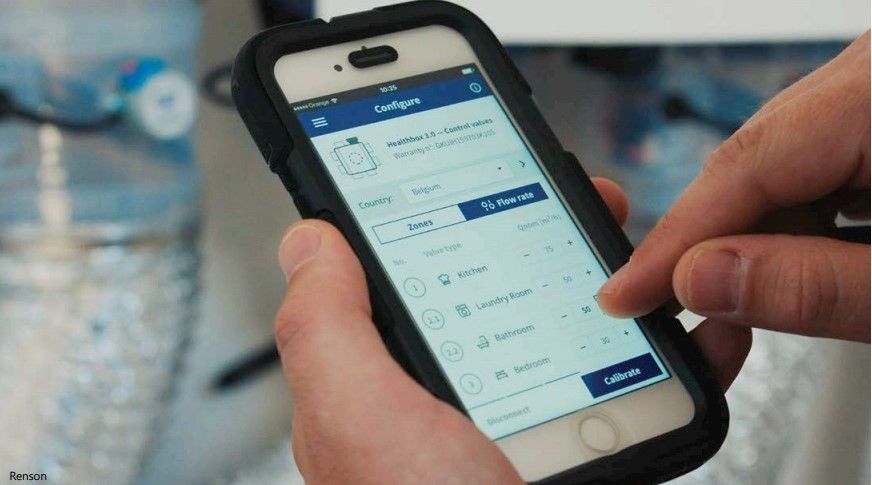1 sensor-driven maintenance
For maintenance to be effective and to ensure the building continues to meet the requirements of users and owners, a clear maintenance strategy is needed. Often it is not sufficient to carry out curative maintenance, that is, to only treat the problem when it occurs.
Scheduling regular inspections and preventive maintenance of buildings generally saves costs and ensures that the building continues to meet needs.
1.1 Towards Predictive Maintenance
It is not easy to determine the frequency of preventive maintenance. After all, a trade-off has to be made between the high costs of too frequent maintenance on the one hand, and the risk of defects and the resulting costs on the other.
Since usage intensity is a determining factor of the maintenance need for many installations, one can try to schedule maintenance activities based on actual usage. This is called usage dependent maintenance.
In order to further improve maintenance planning, an attempt can also be made to predict defects through extensive monitoring of a number of critical parameters. This is also called predictive or case-dependent maintenance.
For example, maintenance of an automatic door can be scheduled based on its actual use (usage dependent maintenance). This can be done by using a sensor to monitor the number of times the door has been opened and closed. As a result, the intensively used door will be maintained more regularly. To keep the same door predictive one can, for example, monitor the time it takes for the door to open. If it keeps getting longer then that could be an indication of wear and that maintenance is necessary.
1.2 Architectural Maintenance
Although sensor-based maintenance usually focuses on technical installations, it also offers many possibilities for architectural applications. For example, sensors in flat roofs or rooftop outlets can monitor the amount of snow or water to avoid overloading or detecting obstructions. Moisture sensors can then be used in wood construction to indicate problems and thus prevent premature damage to the wood.
Although it has not been discovered how to detect leaks in surfaces when they occur, such an approach appears to be conceivable on green roofs, given the measurement of electrical resistance between the substrate and the substrate. After all, this will be affected by the holes in the non-conductive chip.
2 remote maintenance
As buildings and installations equipped with sensors are increasingly connected to the Internet (Internet of Things), they can also be monitored remotely and in some cases even modified (see photo above).
This allows the contractor to diagnose a problem from his office, saving him a lot of travel – often unnecessary. A technician can in turn adjust the installation settings from his computer to fix the problem (temporarily), and assess the need for spare parts in advance, so that he can leave well for the customer.
3 other inspection techniques
Despite the increasing number of sensors constantly monitoring buildings, thorough on-site inspections remain essential for regular maintenance. In order to ensure that these inspections are not only effective and safe, but also as objective as possible, new technologies are increasingly being used.
For example, drones equipped with regular and infrared cameras allow hard-to-reach places to be examined visually and thermally. They can also be used to perform some simple maintenance tasks, such as cleaning façades. Drones can also be used to detect damage to building elements with the help of automatic image analyzes.
Finally, augmented reality (AR) and Building Information Modeling (BIM) can also be beneficial for a smarter approach to building maintenance and management.
4 The need for close cooperation
Although this wide range of new and smart technologies can help a contractor make the maintenance of his buildings more efficient and qualitative, it also requires close cooperation between different parties – including the contractor and the developers of these new technologies. . The cluster of smart buildings used at BBRI aims to catalyze this collaboration. To help companies implement innovations in their daily operations, the Smart Buildings in Use Group brings together contractors, building managers, manufacturers, and integrators of new technologies. In this group, which is supported by VLAIO, opportunities for collaboration are sought. For more information, please visit the website this site.
Brun: WTCB Contact 2019/3, p. 12-13

Subtly charming zombie buff. Amateur analyst. Proud tvaholic. Beer fanatic. Web expert. Evil troublemaker. Passionate internet maven. Gamer. Food evangelist.

